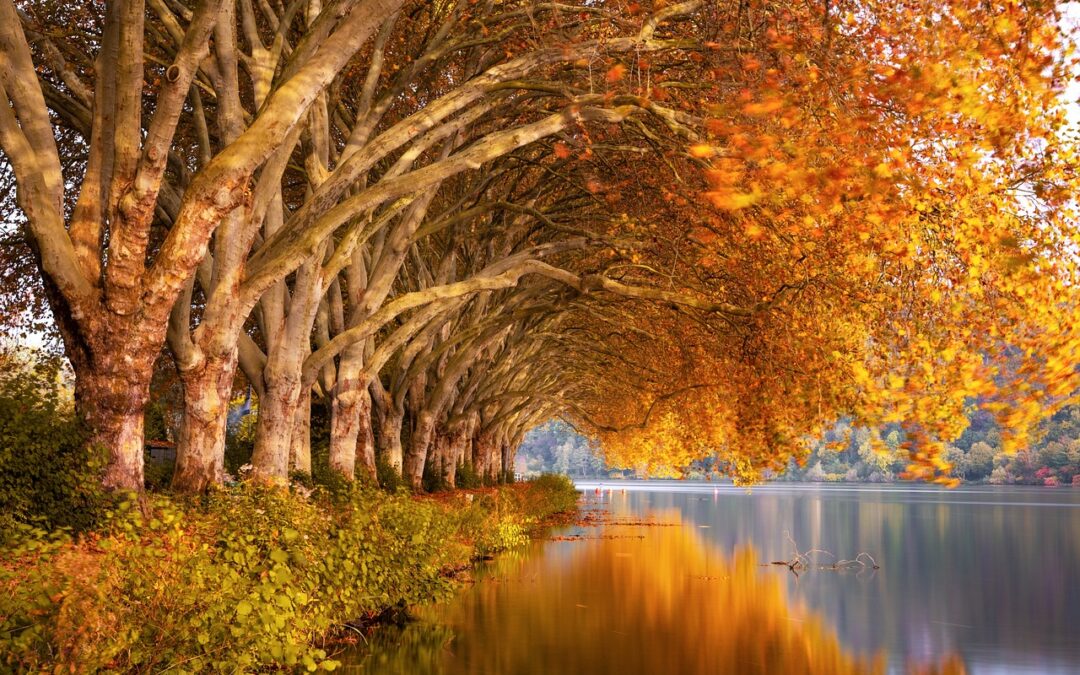Contents
Immerse Yourself in the Art of Wetland Landscaping: An Enchanting Journey with the Right Materials
In the realm of landscaping, creating stunning outdoor spaces that thrive in wetland environments requires a keen understanding of the unique challenges and opportunities these areas present. From soil composition to drainage considerations, selecting the right landscaping materials is paramount for achieving both aesthetic appeal and ecological balance.
The Significance of Soil in Wetlands
Wetlands are ecosystems characterized by saturated or periodically inundated soils. The soil in these areas often contains high levels of organic matter, which provides nutrients for plants and helps retain moisture. However, the waterlogged conditions can also lead to compaction and poor drainage.
Choosing the Ideal Soil Amendments
To improve the soil conditions in wetlands, consider using amendments such as sand, gravel, or compost. Sand helps loosen the soil and improve drainage, while gravel creates pockets of air that allow roots to breathe. Compost adds organic matter that enriches the soil and supports beneficial microorganisms.
The Beauty and Benefits of Mulch
Mulch plays a crucial role in wetland landscaping. It not only enhances the aesthetics of your outdoor space but also provides essential benefits for plant health and soil quality. Mulch helps retain moisture, suppress weeds, regulate soil temperature, and prevent erosion. For wetlands, consider using organic mulch, such as bark chips, shredded leaves, or straw, which decomposes over time and adds nutrients to the soil.
The Versatility of Gravel and Stone
Gravel and stone are excellent materials for creating walkways, patios, and other hardscapes in wetlands. They provide a stable and durable surface that can withstand the fluctuating water levels and wet conditions. Choose gravel with a larger particle size for better drainage and stone for areas that require more stability, such as steps or retaining walls.
Embracing Native Plants
When selecting plants for wetland landscaping, focus on native species that are adapted to the unique conditions of these environments. Native plants have evolved to thrive in the specific soil and moisture levels of wetlands and provide food and shelter for local wildlife. Create a diverse plant community that includes a variety of species with different textures, colors, and bloom times to create a visually appealing landscape that also supports biodiversity.
A Passion for Wetlands
Landscaping in wetland areas is more than just choosing the right materials; it’s about creating a harmonious relationship between the built environment and the natural ecosystem. By understanding the unique characteristics of wetlands and using appropriate materials, you can create stunning outdoor spaces that celebrate the beauty of these vital habitats.
TL;DR: Landscaping in wetland areas requires careful consideration of soil amendments, mulch, gravel, stone, and plant selection. The right materials enhance drainage, retain moisture, suppress weeds, and support native plant species, creating aesthetically pleasing and ecologically sound landscapes.

